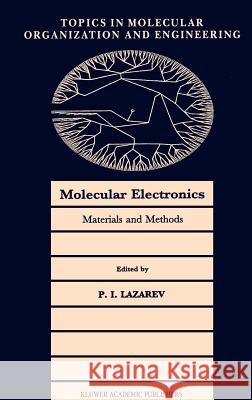Molecular Electronics: Materials and Methods » książka
topmenu
Molecular Electronics: Materials and Methods
ISBN-13: 9780792311966 / Angielski / Twarda / 1991 / 339 str.
Kategorie:
Kategorie BISAC:
Wydawca:
Springer
Seria wydawnicza:
Język:
Angielski
ISBN-13:
9780792311966
Rok wydania:
1991
Wydanie:
1991
Numer serii:
000097751
Ilość stron:
339
Waga:
0.67 kg
Wymiary:
23.39 x 15.6 x 2.06
Oprawa:
Twarda
Wolumenów:
01











